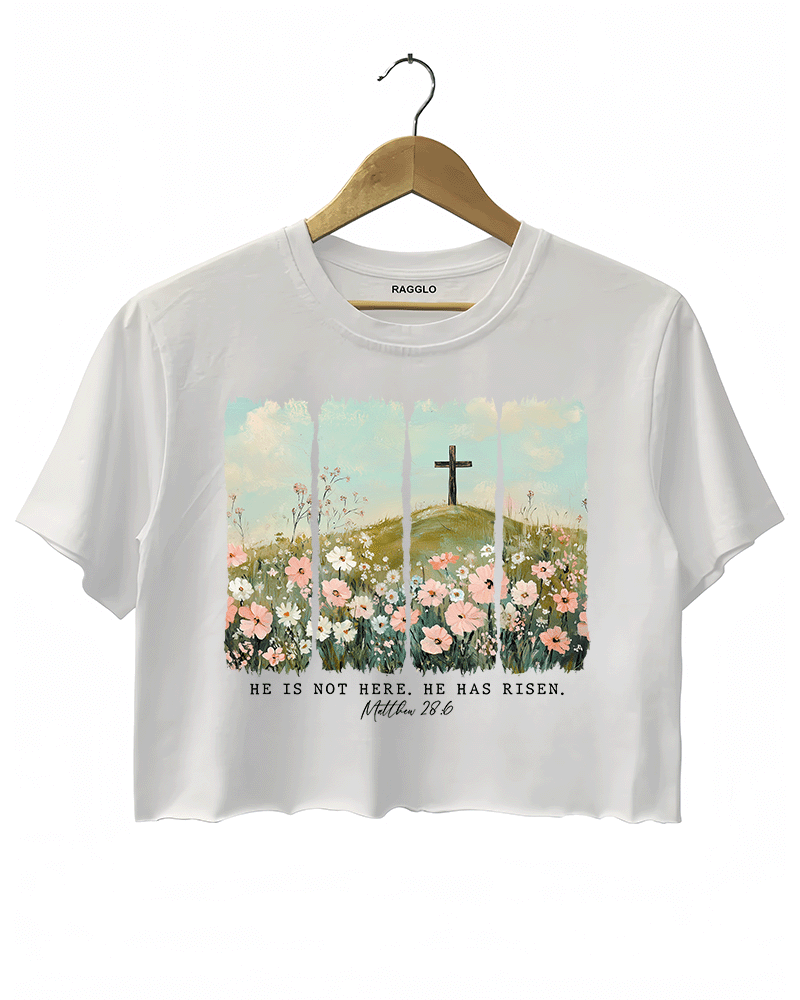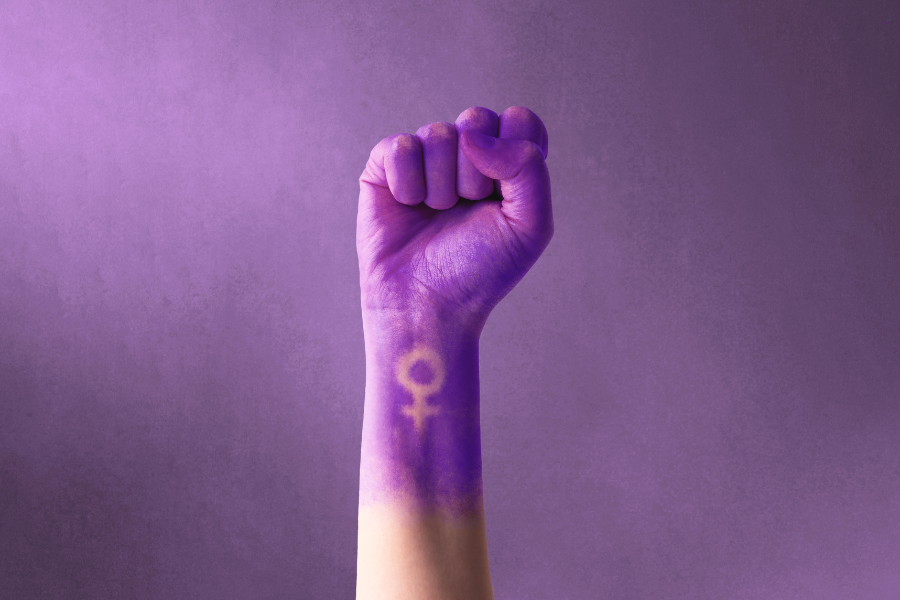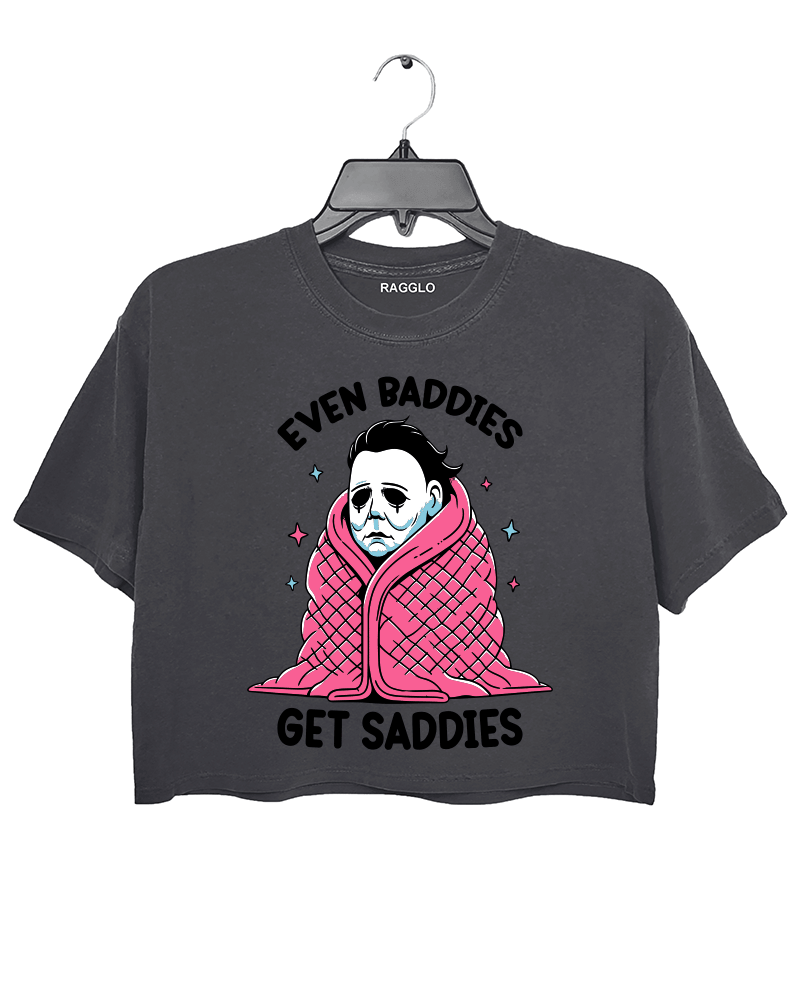Printed garments have become increasingly popular in recent years. Whether it's for everyday wear or holiday themes, customized designs always make a statement. But how exactly is a printed garment made? Today, we'll take you through the entire process, from the initial idea to the final product.
1. Choosing the Design
The soul of every printed garment lies in the design. Inspiration can come from various sources—nature, pop culture, art styles, or even seasonal trends. Whether it's a retro style, trendy elements, or cute cartoon designs, each design should reflect the personality of the wearer and the brand's tone.
We typically use professional design tools like Photoshop to create the artwork. These tools help us precisely control the design details, such as color, complexity, and resolution. For designs intended for printing, it's essential to ensure a high image resolution (at least 300 DPI) so that the printed result is sharp and clear.
2. Choosing the Fabric
Once the design is finalized, the next step is selecting the right fabric. Different materials impact how well the print adheres and how the garment feels to wear. Common fabrics include cotton and polyester. For instance, cotton is soft and breathable, making it ideal for everyday wear, while polyester is more durable and better suited for athletic wear.
The choice of fabric color is also crucial. Generally, light-colored fabrics work better with dark prints, while dark fabrics help light-colored designs pop. By pairing fabric and color wisely, the design becomes more eye-catching.
3. Choosing the Printing Technology
Depending on the order size and design complexity, we use different printing techniques. Below are a few commonly used methods:
-
Screen Printing: This traditional method uses a pre-made screen to transfer ink onto fabric. It's great for bulk production, especially for simple designs with fewer colors.
-
Heat Transfer: This method uses heat to transfer a design from a special paper to the garment. It’s suitable for small batches or personalized orders and can handle complex, multi-color designs. At Ragglo, we primarily use heat transfer technology due to its versatility and ability to produce high-quality prints for both small and large orders. This method ensures that even intricate designs are transferred with precision and vibrancy.
-
Direct-to-Garment (DTG): This technique involves directly printing the design onto the fabric using a specialized printer. It's ideal for detailed, multicolored designs and smaller orders or custom requests.
4. The Production Process
Before printing, pre-treatment is essential. We prepare each garment to ensure that the design adheres well to the fabric. This step includes cleaning the fabric to remove any dust or fibers that might affect the print's adhesion.
Next comes the core step of heat transfer. We print the design onto a special transfer paper, and then use heat and pressure to transfer the design onto the garment. Controlling the temperature and pressure is crucial in this process, and we use heat press machines to ensure the design transfers evenly. Heat transfer technology not only ensures vibrant colors and crisp details but also works well for complex, multicolored designs.
Once the printing is complete, we apply heat treatment to set the design, ensuring it adheres firmly to the fabric. This step makes the print more durable, so it maintains its vibrancy and detail even after many washes.
Throughout the process, quality control is key. We inspect each garment to ensure the design’s color, detail, and placement are flawless. Only after passing our strict inspection is the final product ready to be delivered to the customer.
5. Packaging and Shipping
After the printed garments are ready, we carefully choose appropriate packaging materials to ensure the garments remain intact during shipping. Packaging also presents an opportunity to showcase the brand’s image. Using eco-friendly materials can enhance the unboxing experience while aligning with modern consumers’ demand for sustainable fashion. At Ragglo, we are committed to environmental sustainability, so we choose packaging materials that minimize environmental impact. The packaging bags we use are 100% biodegradable, ensuring customers don't have to worry about how to dispose of them.
6. Conclusion and Purchase Advice
From design inspiration to the final product, every printed garment goes through a precise and detailed process. It’s not just a piece of clothing—it’s the perfect combination of creativity, craftsmanship, and design. If you're interested in customizing or purchasing our printed garments, feel free to visit our website and find your unique style!



















